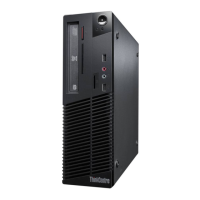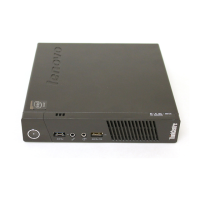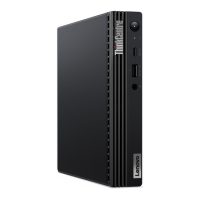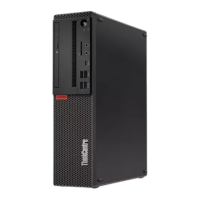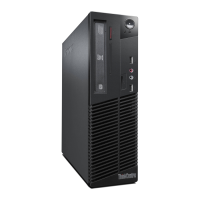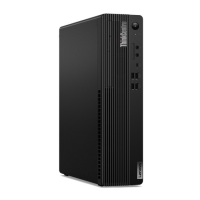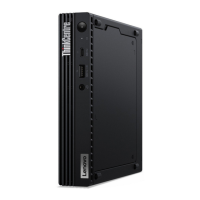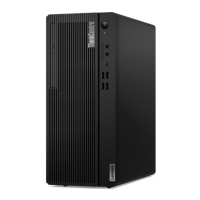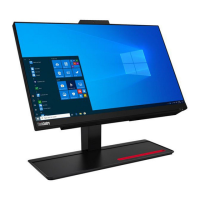What to do if Lenovo ThinkCentre M73 10AX computer does not start when I press the power switch?
- MMichelle JohnsonAug 9, 2025
If your Lenovo Desktop doesn't start when you press the power switch, check the following: * Ensure the power cord is correctly connected to the rear of the computer and a working electrical outlet. * If there's a secondary power switch at the rear, make sure it's on. * Confirm the power indicator on the front of the computer is lit. * Verify the computer voltage matches the voltage available at the outlet.



